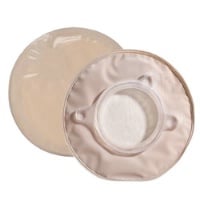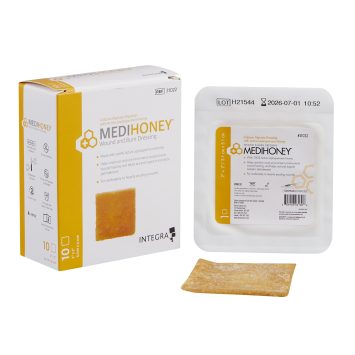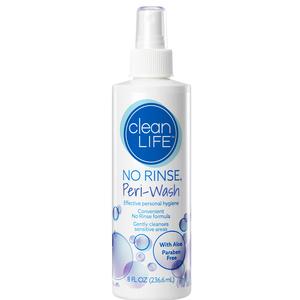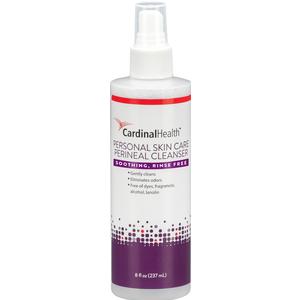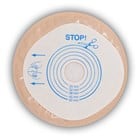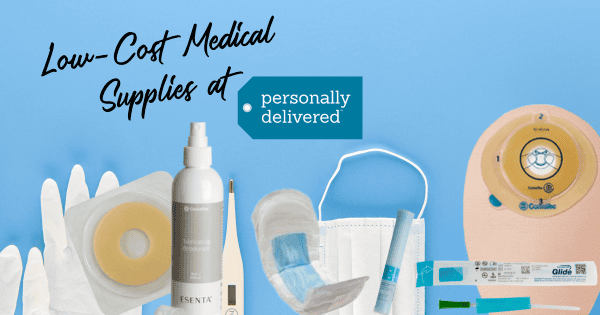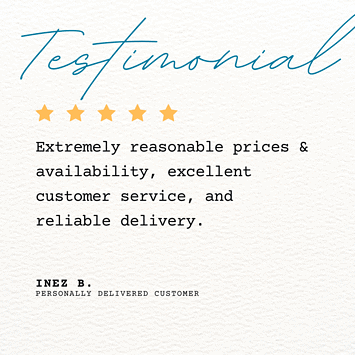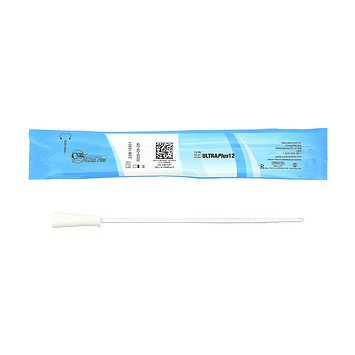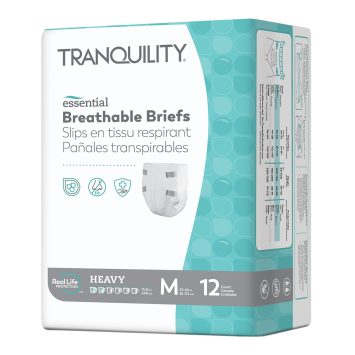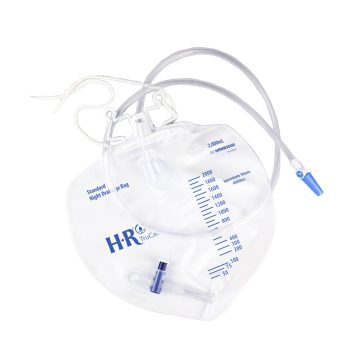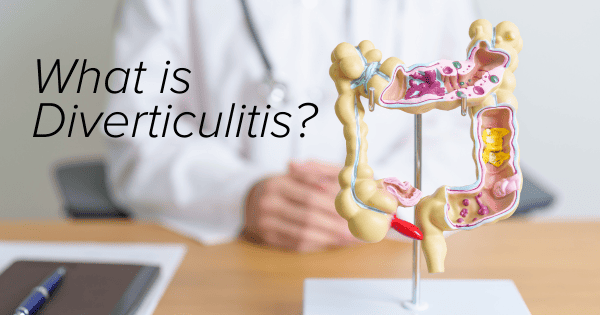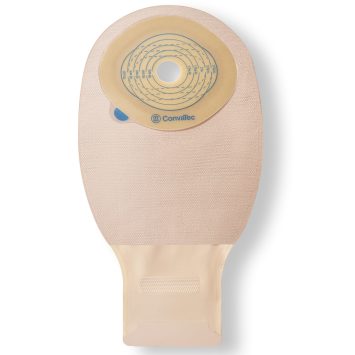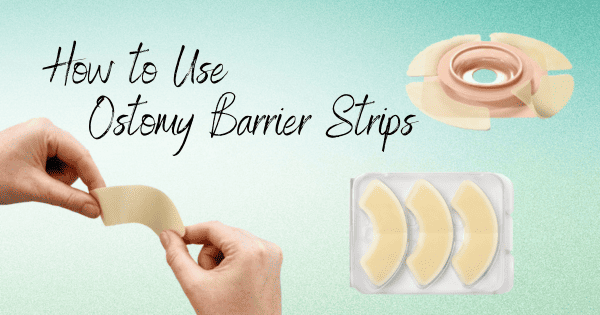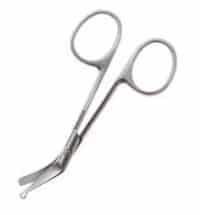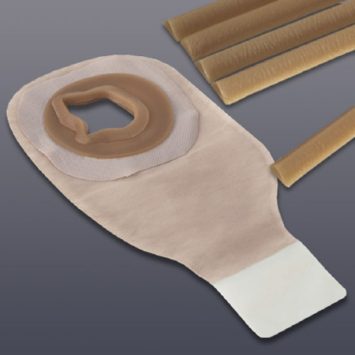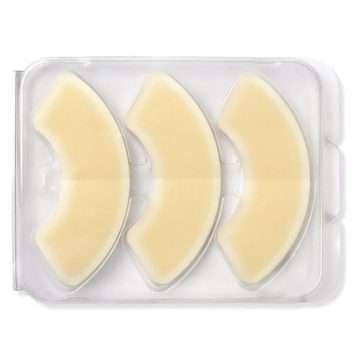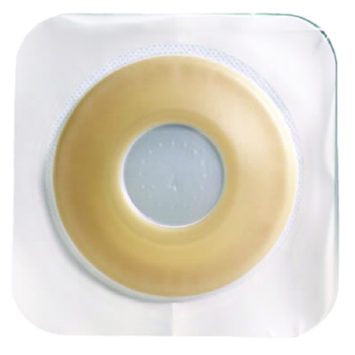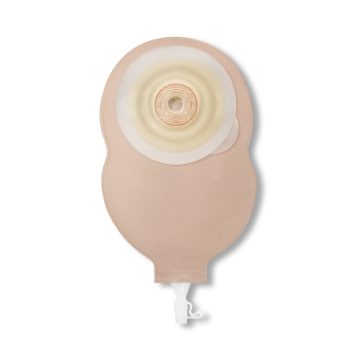If you have an ostomy, preparing for warmer weather and various activities during summer is essential. This article provides valuable summer ostomy tips to help you stay cool, comfortable, and confident.
Staying Cool and Comfortable
Managing your ostomy during the summer months requires prioritizing comfort and coolness. Heat and humidity can complicate keeping your ostomy site dry and irritation-free. Here are some essential summer ostomy tips:
Choosing breathable ostomy products
Try opting for ostomy supplies designed to be breathable. Look for products with moisture-wicking properties that allow air circulation around your stoma, reducing skin irritation and enhancing comfort.
 Managing perspiration and moisture
Managing perspiration and moisture
Sweating is expected in the summer, and managing perspiration around your ostomy site is crucial. Use moisture-absorbing stoma powder or barrier rings to keep the area dry. Change your ostomy pouch more frequently if you notice excessive sweating to prevent leaks and skin irritation.
Maintaining Skin Health
Maintaining skin health is essential when caring for your stoma in summer. Proper cleansing and care can prevent irritation and inflammation, ensuring a comfortable experience. Life with an ostomy bag can be more manageable with the correct practices.
Ensure you have the right supplies, including a gentle cleanser for stoma care. Harsh soaps or cleansers can irritate the skin. Gently clean the area around the stoma using a soft cloth or sponge, avoiding vigorous rubbing. Pat the area dry with a clean, soft towel.
To prevent skin irritation, keep the area around the stoma clean and dry. Avoid lotions or fragrant creams and opt for fragrance-free products.
Barrier creams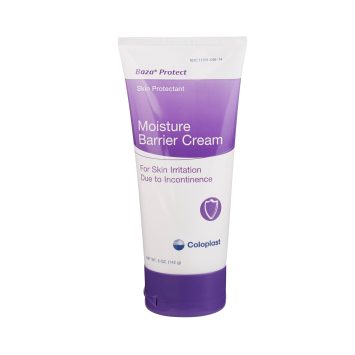 and protective seals can help maintain skin health by creating a protective barrier between the stoma and the skin. Apply a thin layer of barrier cream around the stoma and ensure the protective seal is placed correctly.
and protective seals can help maintain skin health by creating a protective barrier between the stoma and the skin. Apply a thin layer of barrier cream around the stoma and ensure the protective seal is placed correctly.
Change your ostomy pouch regularly to maintain hygiene and prevent leakage. If you notice skin irritation or inflammation signs, such as redness, itching, or soreness, consult your healthcare professional for guidance.
Enjoying Water Activities
Summer is perfect for engaging in water activities and enjoying the outdoors. If you have an ostomy, you may have concerns about participating comfortably and confidently. Here are some tips to help you make the most of your water adventures:
Tips for swimming with an ostomy
Empty your ostomy pouch before diving into the pool or ocean to minimize potential leaks. Ensure your pouching system is secure and properly sealed. Consider using a stoma cap, waterproof pouch cover, or wrap for extra protection. Wearing a rash guard or swim shirt can help keep your ostomy pouch discreet.
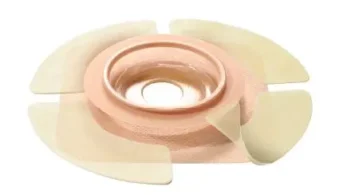 Protecting the ostomy pouch from water damage
Protecting the ostomy pouch from water damage
Use waterproof tape or adhesive strips to seal the edges and prevent water from entering your pouch. A waterproof ostomy barrier ring can create a tight seal and protect your skin from irritation.
Traveling with Confidence
Feeling confident and prepared is crucial when traveling with an ostomy. Whether on a road trip or jetting to a tropical destination, here are essential summer ostomy tips for traveling with confidence:
 Make an ostomy supply checklist
Make an ostomy supply checklist
Packing essential ostomy supplies ensures a smooth and worry-free trip. Make a checklist of all the supplies you regularly use, such as ostomy pouches, adhesive products, and odor-control solutions. Pack enough supplies for the duration of your trip, plus a few extras for unexpected delays or changes in plans.
Research accessible restrooms
Before you go, research and list restrooms equipped with adequate facilities for ostomy care. Many airports, train stations, and shopping centers have accessible restrooms with private stalls that provide the space and privacy you need.
Organize supplies in a travel case or bag
Managing ostomy care on the go requires planning and organization. Consider using a travel-sized or discreet pouch cover to minimize bulk and make changing your ostomy pouch more convenient. Keep your supplies organized in a travel case or bag for easy access. Carry necessary cleaning wipes or sprays to maintain good hygiene.
Traveling with an ostomy does not have to be daunting. By packing essential supplies, finding accessible restroom facilities, and staying organized, you can enjoy your summer adventures with confidence and peace of mind.
Staying Active and Fit
Engaging in physical activities with an ostomy can be enjoyable and beneficial for your overall well-being. Here are some helpful tips to stay active and fit while managing your ostomy:
Start Slow
If you are new to physical activities after ostomy surgery, ease into it. Begin with low-impact exercises like walking or swimming, gradually increasing intensity as your body adjusts.
Stay Hydrated
Hydration is crucial, especially during warmer months. Drink plenty of water before, during, and after workouts to prevent dehydration.
Choose Supportive Ostomy Belts and Wraps
Supportive ostomy belts and wraps provide added security and comfort during physical activities. These accessories hold your ostomy pouch securely, allowing you to move confidently.
Consider Compression Wear
Compression wear, such as compression stockings, socks, or shorts, can reduce discomfort and support your abdomen during exercise. Look for breathable materials that provide the right compression level for your needs.
Maintain a Healthy Lifestyle: In addition to staying active, maintain a healthy lifestyle for overall well-being. Eat a balanced diet, sleep well, and manage stress to support your body’s healing process.
Listen to your body and consult your healthcare professional before starting any new exercise regimen. By following these tips and incorporating physical activities into your routine, you can enjoy an active and fulfilling summer while managing your ostomy.
Popular Ostomy Supplies
Disclaimer: Important Notice Regarding Medical Advice
The information provided in this blog is intended for general informational purposes only and should not be considered a substitute for professional medical advice, diagnosis, or treatment.




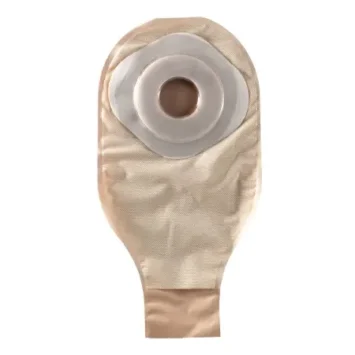


 Dietary Considerations and Restrictions
Dietary Considerations and Restrictions







